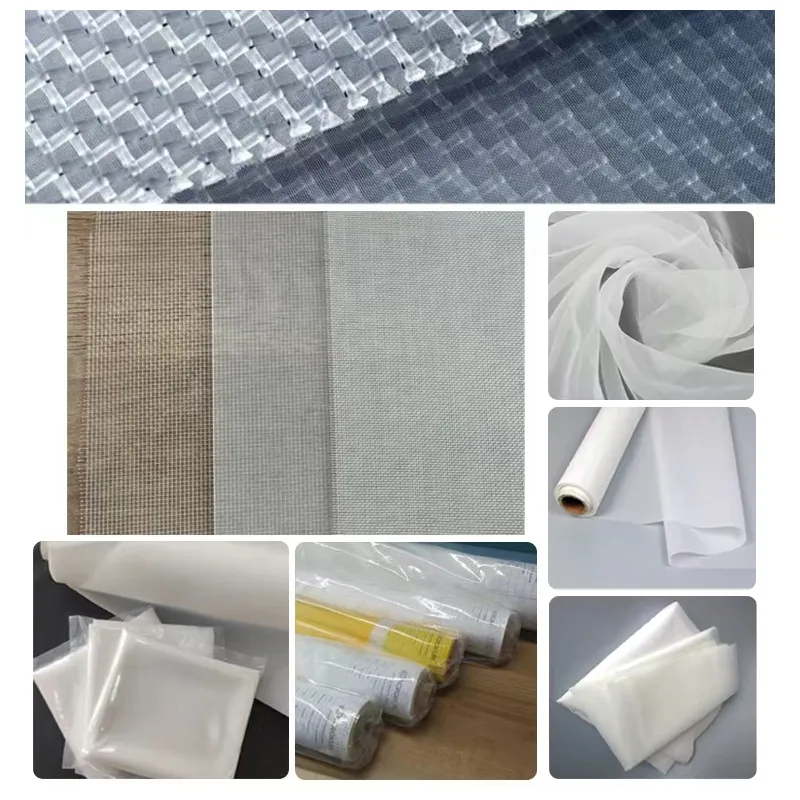-
 Afrikaans
Afrikaans -
 Albanian
Albanian -
 Amharic
Amharic -
 Arabic
Arabic -
 Armenian
Armenian -
 Azerbaijani
Azerbaijani -
 Basque
Basque -
 Belarusian
Belarusian -
 Bengali
Bengali -
 Bosnian
Bosnian -
 Bulgarian
Bulgarian -
 Catalan
Catalan -
 Cebuano
Cebuano -
 China
China -
 Corsican
Corsican -
 Croatian
Croatian -
 Czech
Czech -
 Danish
Danish -
 Dutch
Dutch -
 English
English -
 Esperanto
Esperanto -
 Estonian
Estonian -
 Finnish
Finnish -
 French
French -
 Frisian
Frisian -
 Galician
Galician -
 Georgian
Georgian -
 German
German -
 Greek
Greek -
 Gujarati
Gujarati -
 Haitian Creole
Haitian Creole -
 hausa
hausa -
 hawaiian
hawaiian -
 Hebrew
Hebrew -
 Hindi
Hindi -
 Miao
Miao -
 Hungarian
Hungarian -
 Icelandic
Icelandic -
 igbo
igbo -
 Indonesian
Indonesian -
 irish
irish -
 Italian
Italian -
 Japanese
Japanese -
 Javanese
Javanese -
 Kannada
Kannada -
 kazakh
kazakh -
 Khmer
Khmer -
 Rwandese
Rwandese -
 Korean
Korean -
 Kurdish
Kurdish -
 Kyrgyz
Kyrgyz -
 Lao
Lao -
 Latin
Latin -
 Latvian
Latvian -
 Lithuanian
Lithuanian -
 Luxembourgish
Luxembourgish -
 Macedonian
Macedonian -
 Malgashi
Malgashi -
 Malay
Malay -
 Malayalam
Malayalam -
 Maltese
Maltese -
 Maori
Maori -
 Marathi
Marathi -
 Mongolian
Mongolian -
 Myanmar
Myanmar -
 Nepali
Nepali -
 Norwegian
Norwegian -
 Norwegian
Norwegian -
 Occitan
Occitan -
 Pashto
Pashto -
 Persian
Persian -
 Polish
Polish -
 Portuguese
Portuguese -
 Punjabi
Punjabi -
 Romanian
Romanian -
 Russian
Russian -
 Samoan
Samoan -
 Scottish Gaelic
Scottish Gaelic -
 Serbian
Serbian -
 Sesotho
Sesotho -
 Shona
Shona -
 Sindhi
Sindhi -
 Sinhala
Sinhala -
 Slovak
Slovak -
 Slovenian
Slovenian -
 Somali
Somali -
 Spanish
Spanish -
 Sundanese
Sundanese -
 Swahili
Swahili -
 Swedish
Swedish -
 Tagalog
Tagalog -
 Tajik
Tajik -
 Tamil
Tamil -
 Tatar
Tatar -
 Telugu
Telugu -
 Thai
Thai -
 Turkish
Turkish -
 Turkmen
Turkmen -
 Ukrainian
Ukrainian -
 Urdu
Urdu -
 Uighur
Uighur -
 Uzbek
Uzbek -
 Vietnamese
Vietnamese -
 Welsh
Welsh -
 Bantu
Bantu -
 Yiddish
Yiddish -
 Yoruba
Yoruba -
 Zulu
Zulu
Exploring the Impact of Avian Netting Techniques on Bird Conservation Efforts and Ecosystem Health
The Importance of Avian Netting in Bird Conservation and Agriculture
Avian netting, often employed in both conservation efforts and agricultural practices, serves as a crucial tool for protecting bird populations and minimizing agricultural damage. This specialized type of netting is designed to provide physical barriers that keep birds safe while simultaneously aiding farmers in their endeavors to safeguard crops from potential avian pests.
At the heart of bird conservation lies the need to manage and protect avian populations effectively. Many species of birds are threatened by habitat loss, climate changes, and human-induced pressures. Avian netting plays a significant role in these conservation efforts. For instance, during specific seasons when migratory birds come to breed or feed, netting can be deployed in critical areas to safeguard them from human interference and predation. This protective measure helps ensure that breeding pairs can successfully rear their young without the stress of external threats.
In agricultural settings, farmers often encounter challenges posed by birds that feast on their crops. Many species are drawn to fields of ripening fruit or seeds, leading to substantial losses for growers. In such cases, avian netting acts as a non-lethal deterrent, preventing birds from accessing valuable crops. Unlike chemical deterrents or other invasive methods, netting provides a humane solution, allowing birds to continue their natural behaviors while simultaneously safeguarding farmers' livelihoods. The application of avian netting can significantly reduce the need for chemical pesticides and other harmful interventions, promoting more sustainable agricultural practices.
avian netting

The implementation of avian netting is not without its complexities. One of the primary considerations is the design and material of the netting itself. It must be durable enough to withstand various weather conditions yet fine enough to prevent smaller birds from becoming entangled. Additionally, the netting should be installed in a manner that allows for free movement of wildlife and prevents unintended harm to non-target species. Proper installation techniques and maintenance routines are vital to ensure the effectiveness of avian netting and to minimize risk to the birds it aims to protect.
Furthermore, effective avian netting should also consider the aesthetic and ecological aspects of the environment. In areas of significant ecological diversity, it is crucial to avoid disrupting local wildlife populations. This means that netting should be designed with care, ensuring it blends into the environment while still functioning efficiently as a barrier. Moreover, farmers and conservationists alike should prioritize educational efforts, informing the community about the positive impacts of responsible avian netting usage.
In conclusion, avian netting represents a dual-purpose solution that serves both the interests of conservationists and agricultural practitioners. By protecting vulnerable bird species while also mitigating crop damage from avian pests, this innovative approach addresses critical environmental and agricultural challenges. The ongoing development of more effective and humane netting solutions will undoubtedly play a significant role in fostering harmony between wildlife conservation and agricultural productivity, creating a sustainable future for both our feathered friends and the farming community. As we continue to navigate the complexities of human-wildlife interactions, avian netting stands out as a valuable tool in our arsenal for promoting biodiversity and supporting agricultural resilience.
-
Shipping Plastic Bags for Every NeedNewsJul.24,2025
-
Safety Netting: Your Shield in ConstructionNewsJul.24,2025
-
Plastic Mesh Netting for Everyday UseNewsJul.24,2025
-
Nylon Netting for Every UseNewsJul.24,2025
-
Mesh Breeder Box for Fish TanksNewsJul.24,2025
-
Expanded Steel Mesh Offers Durable VersatilityNewsJul.24,2025











